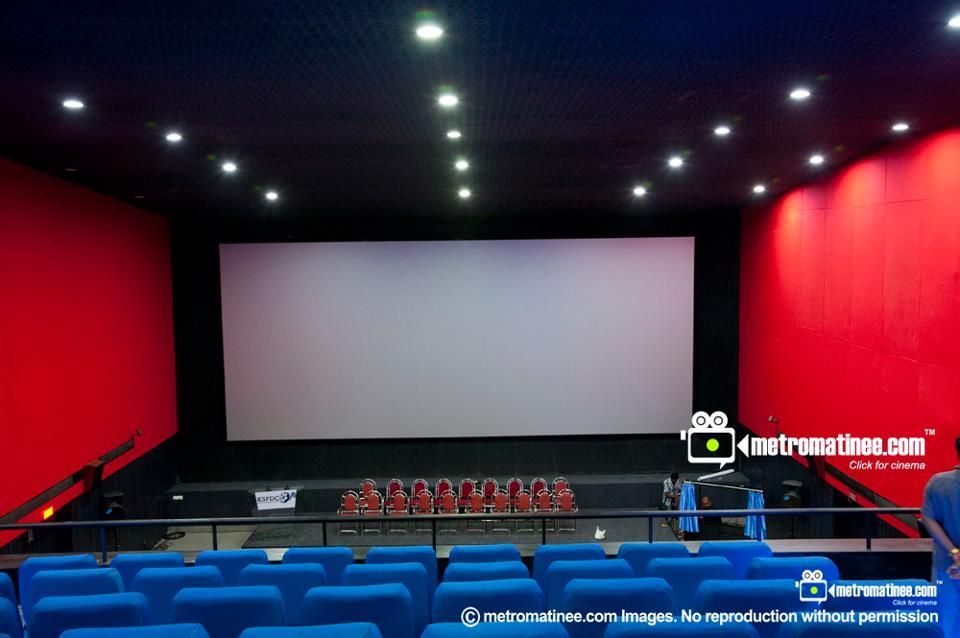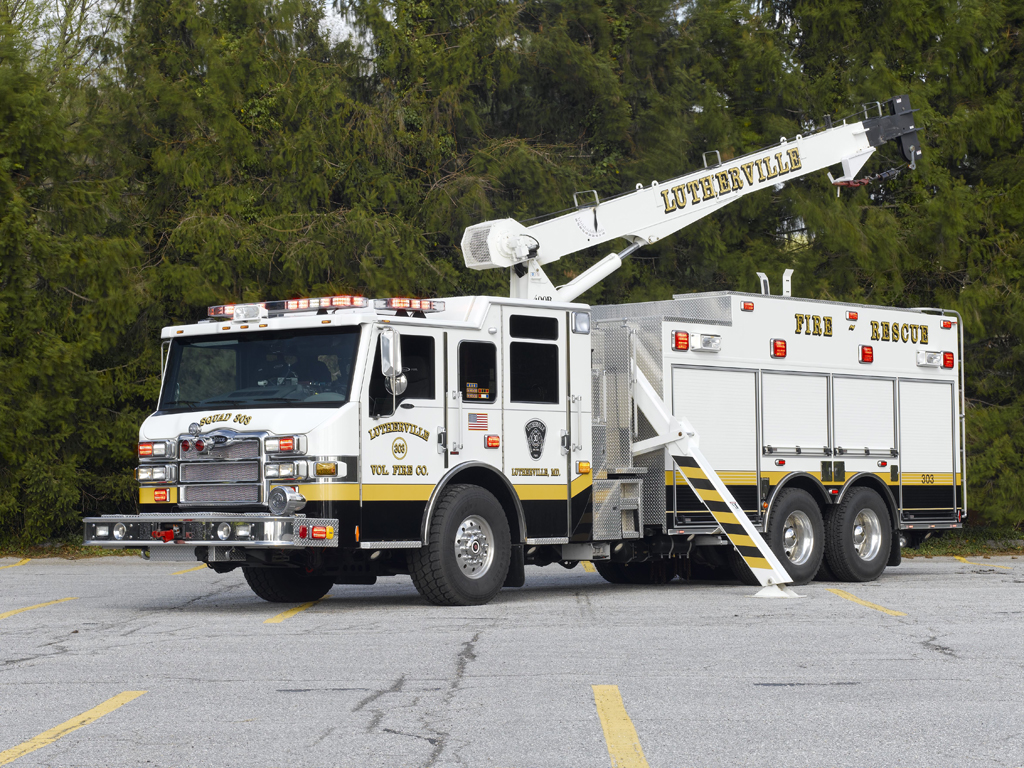(The following post may sound like a rant, but do read on....)
Yes, it's official, Romney lost and what-is-his-name won. Now the electorate have nothing else to blame, after all, one can make a mistake once. The second time, well, that's being stupid. And yes, I was rooting for the other guy because the only economic system still ticking over in the G-8 is the one that did not dabble too deeply into socialist, big Government philosophies.Anyways, that's not the reason behind this post (yes it is...no, it's not!).
Perhaps the most curious thing about the long, bruising campaign before Election Day and the often hysterical celebration after it was not the various nut-cases who took part, the batty ideas which swung votes this way or that or even the assorted gaffes from either candidate, but the fact that one of the groups cheering the incumbent on the loudest was the one which had no business doing so and which should have encouraging the other guy. No, I am not talking about the Jewish electorate, but about the non-voting Indian crowd. Namely, those holding Indian passports and not having the oft-coveted "Green" cards.
It's pretty curious indeed that a set of people who are here on work or education visas, who have no votes and often have no grasp of the real issues or the complex social context of the election, are rooting for the guy who blames outsourcing to India as a reason for job losses in the US, wants to get tough on H1B visas and generally takes a soft stand with China. Did I get it all wrong, but didn't the incumbent try to grill the challenger for promoting outsourcing when he was in charge of real businesses as opposed to being charge of the law library at the University of Chicago?Oh and didn't the challenger say he'd be more open to making sure more qualified immigrants (read Indians) would be invited to live and work in the US? Maybe I got it all wrong.
In addition to a storm of activity on the favorite medium of all arm chair activists and intellectuals - Facebook - where many of my closest friends, now in the US on H1Bs and F1s, were rooting for Obama and dissing Romney for not supporting windmills and solar cells, his stance on abortion and for threatening to deport illegal aliens (no, not cute lil' green men!), there were even some folks who went around with Obama-Biden buttons!
The most ironic image that comes to mind is coming across an Indian gentleman in a subway train on election day, carrying an "Infosys Technologies" backpack yet wearing not one, but three "Vote for Obama" buttons. Does he want his H1B and his job, or want to see the guy who wants to end all that in the White House?!
Anyways, my point is completely different. Being passionate about the democratic process and social issues, even ones completely disconnected from our place of birth, is all fine and dandy. But what galls me is that not even a fraction of this passion is visible for issues at home, in Trivandrum.
Right now the city is going through a public health nightmare because the State Government lacks the resolve and the interest to find a pragmatic solution. Having proven themselves incapable of implementing an order from the Kerala High Court to re-open the waste processing plant at Vilapillsala, our intrepid CM and his gang are now taking their time trying out various crack-pot schemes ranging from dumping waster into quarries to baling it to burning it in some mobile contraption. Key projects that are of vital importance to the State from the $2 Billion Vizhinjam port to the expansion of the International Airport to the missing-in-action mass transit system are either stuck like fliesin molasses or running around in circles like headless chickens. Ladies and gentlemen, these projects matter to us and our families and pretty much everyone we know, far more than the US Election, unless one plans to pack his/her bags for the Land of the Free permanently.
I am sure a scientific examination will bear out my anecdotal observation that posts, tweets and updates by many Trivandrumites about the US Election would have swamped those, if any at all, about these pressing issues at home by a very significant margin. What difference would a few tweets or a couple of status updates make to Vizhinjam might be the question. What difference do a few tweets and status updates make to the outcome of an election in another country, I ask you back? The point is that the lack of interest for even the most important development issues on the social media is symptomatic about apathy towards these issues on the ground. Also, even the littlest evidence of public support, such as when over 1000 of you read the post appealing for support for the Vizhinjam port and (hopefully) sent emails to the IFC's Ombudsman, can make a real difference. There are people and organizations watching how issues are perceived on the social networks, and there are savvy politicians like Dr Shashi Tharoor, who do take such responses very seriously and respond to them.
It appears that the current Government takes Trivandrum for a "silent" constituency that can be ignored and abused to the max, which will still dutifully come back and send some of these same MLAs/Ministers back for another five year paid vacation. Without a pronounced communal, caste or political leaning, Trivandrum is the most cosmopolitan of all districts in Kerala, electing representatives from both major groupings. Little wonder that Dr Tharoor chose it to be his constituency, because Trivandrum was the only urbane, educated constituency that would value his world-class capabilities and experience over his lack of a communal-caste-political equation. Sadly, this open and cosmopolitan nature of the Trivandrum electorate has been abused by all parties, the UDF more guilty of the two by some margin now. A perception of apathy from voters only makes the political establishment more confident in continuing the policy of feeding scraps to us and sending the prime cuts elsewhere at our expense.
I am not inciting a rebellion or a lynch mob here (personally I am in agreement with Sir C.P. in his argument that we would be better off on our own!), but if all of us could spend a little more attention to what's happening at home, it might make a little difference for the better. All of us love to play the blame game. Thampanoor gets a few inches of flooding after the latest cloud burst and there is a predictable cacophony calling for the blood of all and sundry, Dr Tharoor being the most common villain, all the way to the right honorable Mr Chandy and his merry band (Yes, New York is still messed up ten days since Sandy dumped about 1/25th the rainfall we receive during one Monsoon season, but Thampanoor has no right to flood!). For everything that goes wrong, there is always someone else to blame. How about us? How many of us would cast our votes based on a development agenda? How many of us bother to cast our votes at all? Has any of us organized or signed an online petition (takes 1/10th the time the average user spends liking the photos of his/her friend's friend's friend's neighbors new puppy!) urging the Government to speed up its act on a critical development project? Yes, our voices do matter.
Actions matter even more. Even small ones. The next time someone asks about our home city, let's say something nice. Not that it's full of trade unions who would love to ruin any business that happens to set up there, or that hartals are our national pastime, or that there's nothing to do after hours. How about that we are the fastest growing technology cluster in India or that we will soon have India's best port, or that we are a great, safe place to live in? Those are all true, by the way! Or the next time that we have nothing better to do, why not chat about something a little bit more pressing than who will do better on the next episode of The Voice or its local incarnations? Perhaps chat about how we can make our city better. We could even go and meet our elected representative (they don't bite, well most of them don't!) and tell him/her in a very subtle tone that he/she will lose your vote if they don't get their act together and fight for your city. It's a lot less fun than catching a nice movie for the third time, but it might make a little difference not just to us but our kids and theirs.
In the end, it all boils down to that eternally relevant dialogue uttered by Prithviraj's character in Madhupal's excellent "Thalappavu" - "Only a responsive electorate can demand a robust Government. Instead of complaining, we must question and react."
Watch from 3.00 onwards.
The next time we reach to click on the "Like" or "Tweet" buttons, let's spend a few seconds on causes more urgent than Obama's latest messiah proclamation or that cute puppy that belongs to someone you barely know. Then we can complain. Then.
P.S: This was not personal, apologies to anyone who may feel it was. And a heartfelt round of gratitude to all of you who read my appeal for support for the Vizhinjam projectand sent emails to the CAO. Initial reports suggest that we have made an impact, stay tuned!









































